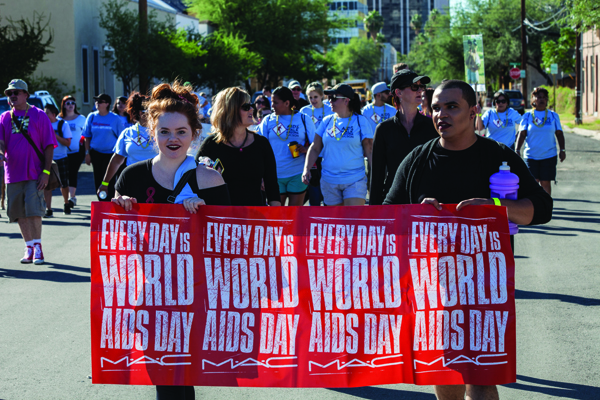It’s almost World AIDS Day. Let’s have a (Red) Ball

Berlin Sylvestre is Out Front's Editor.
World AIDS Day is December 1. et’s continue the trend of education with some facts and stats via the World Health Organization. Then, let’s make sure we mark our calendar for EXDO’s stylistic marvel, Red Ball, an event designed to raise awareness for World AIDS Day.
HIV (the virus that causes AIDS) stands for Human Immunodeficiency Virus. HIV attacks the body’s immune system, which means fighting off sickness and diseases is either a terrible struggle or — if unchecked — a no-go.
HIV can be transmitted through:
Unprotected sexual intercourse (vaginal or anal) or oral sex with an infected person.
Transfusions of contaminated blood.
The sharing of contaminated needles, syringes, or other sharp instruments.
The transmission between a mother and her baby during pregnancy, childbirth, and breastfeeding.
How quickly does a person infected with HIV develop AIDS?
The length of time can vary widely. Untreated, the majority of people with HIV will develop signs of HIV-related illnesses within 5–10 years, although this can be shorter. The time between acquiring HIV and an AIDS diagnosis is usually 10–15 years, but sometimes longer. Antiretroviral therapy (ART) can slow the disease’s progression by preventing the virus’ replication and therefore decreasing the amount of virus in an infected person’s blood (known as the ‘viral load’).
How can I limit my risk of HIV transmission through sex?
Use male or female condoms correctly each time you have sex.
Practice only non-penetrative sex.
Remain faithful in a relationship with an uninfected, equally faithful partner with no other risk behavior.
Abstain from sex.
For deets on this year’s Red Ball, check out RedBallDenver.org.
What's Your Reaction?
Berlin Sylvestre is Out Front's Editor.




